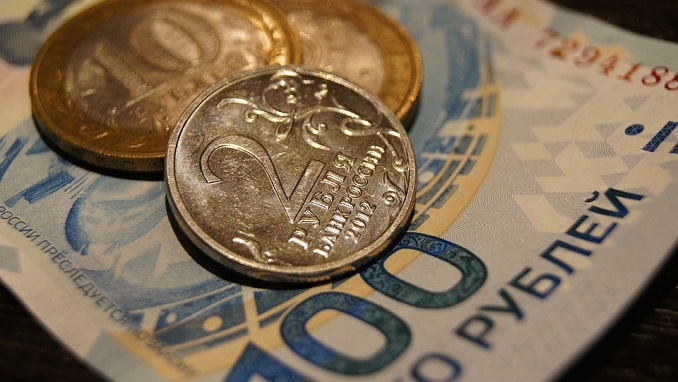According to the Association of Communication Agencies of Russia (AKAR), the advertising market excluding VAT increased to 255 billion rubles in the first half of 2021, a 25% increase from the crisis year of 2020 and a 13% increase from the pre-crisis year of 2019. The advertising sector has surpassed the pre-crisis level, according to AKAR specialists, Kommersant writes.
AKAR does not publish statistics for the second quarter separately. Based on the available statistics, the advertising market increased by 46 percent in the second quarter of 2021, to 133 billion rubles.
The amount of television advertising rose by 40%, reaching 44 billion rubles, on the radio – by 106 percent, up to 3.5 billion rubles, in the press – by 38 percent, up to 1.8 billion rubles, and in the out of home segment (outdoor advertising, advertising on public transportation, in shopping malls, and in theaters) – by 183 percent, up to 11 billion rubles. The Internet, the fastest growing medium, increased expenditures by 37% to 72.5 billion rubles.
Yandex previously revealed its financial results for the second quarter: its income from the sale of online advertising rose by 47 percent, reaching 39.6 billion rubles. Gazprom-Media also reported a 53 percent increase in advertising income in the second quarter, up to 20.9 billion rubles.
According to Boris Peshnyak, commercial director of the Russ Outdoor group of businesses, growth was substantial in the second quarter, especially when compared to the same time in 2019.
According to Yuri Kostin, CEO of GPM Radio (Avtoradio, Humor FM, etc.), the company’s primary growth engine has been unique initiatives, particularly in social networks and podcasts; the market is projected to expand by 10% by the end of the year.
Alexei Tolstogan, general director of the National Advertising Alliance (NRA) TV advertising vendor, projected a 12-13 percent increase in TV advertising this year. According to him, the market is rebounding quicker than anticipated, and NRA is increasing prices by 15-20 percent for next year.
“The NRA’s projected inflation will compel us to seek alternatives,” says Ilya Gertsev, vice president of Media Direction Group. “Video communications will grow in popularity, but TV’s market share will decline somewhat.”
According to Mikhail Eliseikin, GroupM’s director of media procurement, the success factors are still short-term: the epidemic has worsened and expedited the effect of corporate digitization.
“Investments from ecosystems, retail, and fintech are pouring into conventional promotion channels. The degree to which this is a long-term trend will be determined by broad macroeconomic indicators and consumer activity levels,” he said.
Mr. Eliseikin concludes that the second half of 2021 “looks positive”. For the entire year, TV has every chance to exceed the indicators of 2019 and show the best results in the entire history of advertising in Russia, and that this is due to political advertising and the rapid growth of the digital OOH (out of home) segment, as well as bright prospects and outdoor advertising.
The advertising market dropped by 22% in the second quarter of 2020. Advertising in the newspaper, on the radio, and on street billboards saw the greatest loss, while the Internet experienced the lowest, losing 9 percent.












